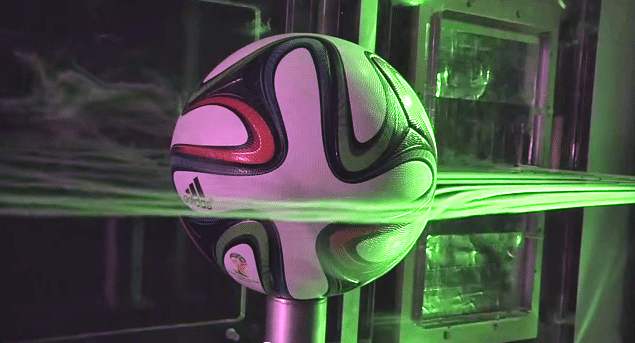Brazuca, this World Cup’s FIFA football developed by Adidas is a whole new leap in aerodynamics that help create some of the most iconic moments in world sports.
To help FIFA fans understand how the Brazuca is different from its previous counterparts, engineers at NASA took it upon themselves to test the new football for aerodynamics.
As it is, the Brazuca is a different league altogether. While a traditional football has 32 panels and the Jabulani (the 2010 World Cup ball) had 8, the Brazuca has only 6, developed after Adidas interviewed hundreds of football players to collect nuances on how a football behaves on the field and the difficulties players encountered in manouvering the Jabulani.
The Brazuca is also comparatively more rough on the surface and has about 50,000 tiny bumps which give it better grip and help significantly reduce the ball’s tendency for knuckling (erratic movements) during high-speed kicks in the World Cup.
Dr. Rabi Mehta at NASA’s Experimental Aero-Physics Branch tested Brazuca for aerodynamics principles which determine how air flows around a sphere-shaped object and how minor alterations in the shape of the object can affect its performance.
According to NASA engineers, these minute but important modifications applied by Adidas will have a significant impact on the football’s performance, much to the respite of the goalkeepers who struggled with the Jabulani’s somewhat “supernatural” movements during the 2010 FIFA World Cup.
Another interesting fact about the Brazuka is that it has been manufactured in Sialkot, Pakistan by an Adidas supplier called Forward Sports.
Follow Brazuca here.


